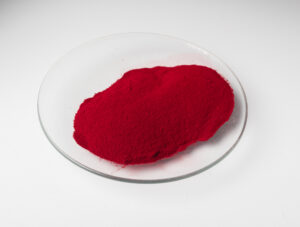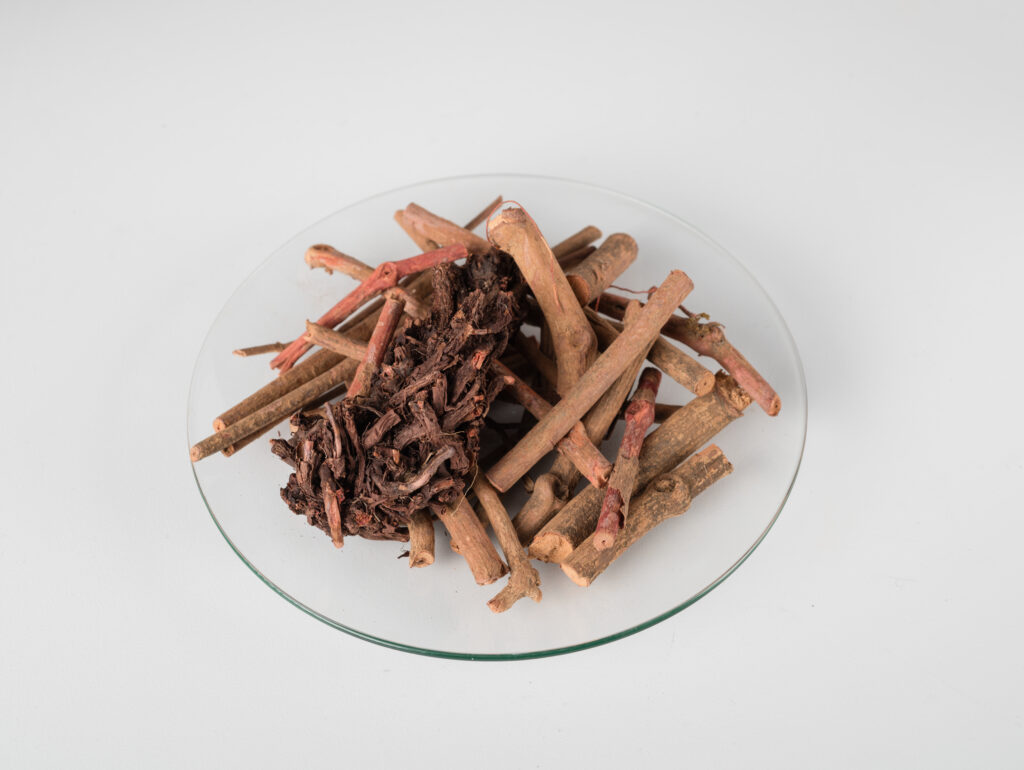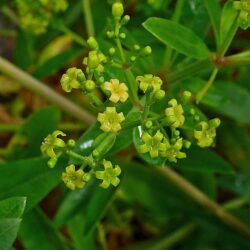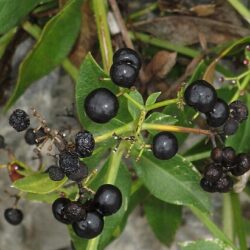Madder (resource)
Dates of Use: At least 15,000 years ago–rarely used today
Source: Natural organic dye from the madder plant (rubia tinctorum)
Chemical Name: Alizarin, Purpurin, and Pseudopurpurin are the main organic colorants found in madder.
Formula: Alizarin, C14H8O4 ; Purpurin, C14H8O5 ; Pseudopurpurin, C15H8O7
- Madder dye comes from the plant rubia tinctorum also known as rose madder, common madder, or dyer’s madder.
- The roots of the madder plant have been used since ancient times to create high-quality red dye and paint. They can be processed in a variety of ways to produce a red dye. This red dye was used to dye leather, wool, cotton, and silk.
The Madder Plant
The madder plant has evergreen leaves and produces small yellow flowers during the summer months, followed by small red-to-black berries. The madder plant is easy to grow and plentiful. It became a major cash crop in many areas of Asia and Europe.
Madder is possibly the oldest-known natural red dye. It has been used since ancient times in Asia, Africa, and Europe. Similar plants can be found in the Americas.
The process of dyeing fabric with madder was difficult before the development of modern chemistry. Madder was an important dye even though the dyeing process was difficult. This is shown by the many medieval European guides dedicated solely to madder dyeing. All other dyeing was grouped together. Madder was one of the most important cloth dyes for thousands of years.
Turning Dye into Paint
Madder, like all dyes, can be made into paint by dyeing a colorless particle (such as chalk or alum). A pigment made from a dye is called a “lake.” Madder is somewhat fade-resistant for a natural dye, but the color does fade over time when it is exposed to light.
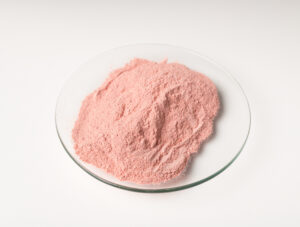
Creation of Alizarin
A synthetic method of making alizarin (one of madder’s main colorants) was developed in 1868. Alizarin was the first synthetic (human-made) dye to replicate a natural dye. The name “alizarin” comes from the Arabic word for madder (alizari). Alizarin was brighter and cheaper to make than madder red. The widespread cultivation and trade of madder collapsed quickly as human-made alizarin became popular.
